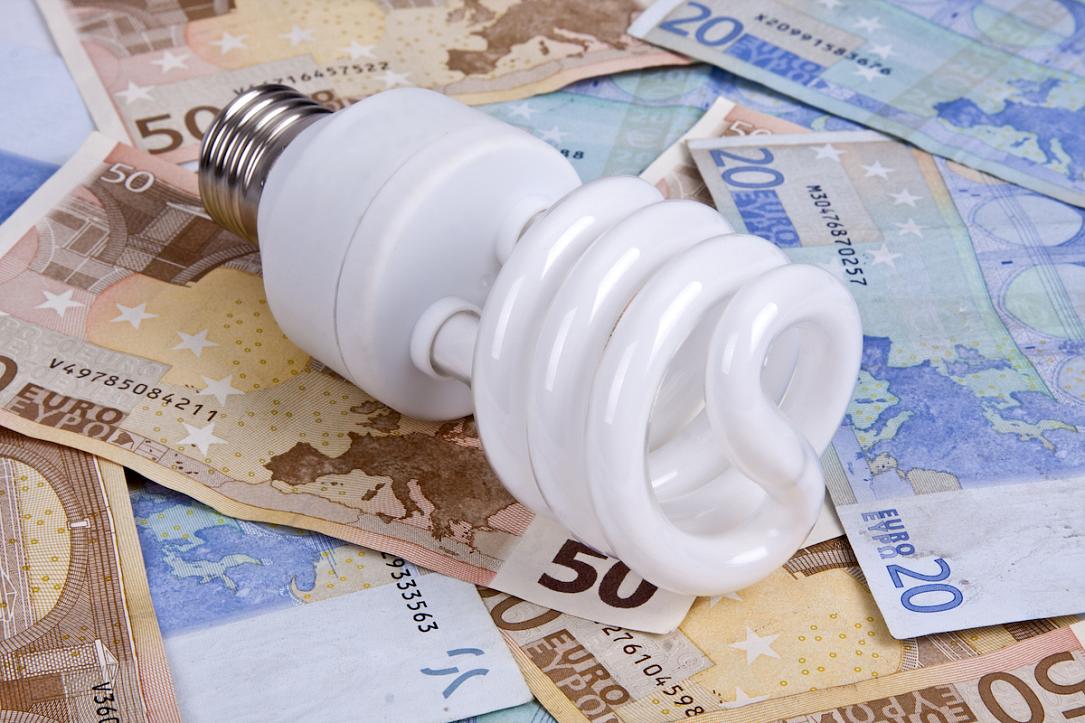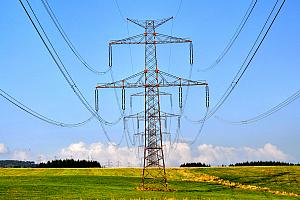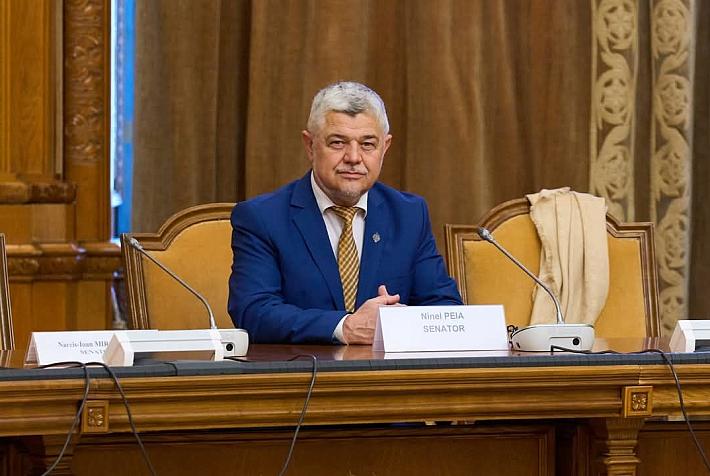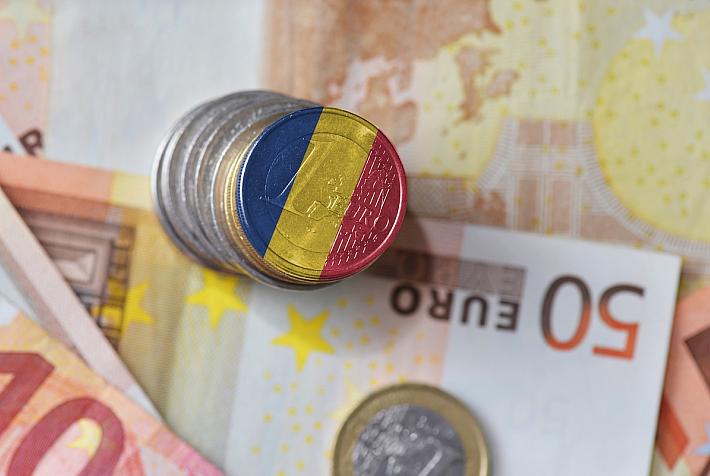Romania's ruling coalition agrees in principle on regulating the electricity market

Romania's ruling coalition agreed in principle over a centralised model for the upstream electricity market, which seems to resemble a cost-plus scheme, according to a draft ordinance consulted by the local media.
Key elements of the scheme, including the pricing mechanism, were not disclosed, though. However, the market regulator ANRE is involved and, in principle, should at least validate, if not calculate, the regulated prices for the individual producers.
What was disclosed is that the power producers would deliver their output at regulated prices of under RON 450 per MWh to the power grid operator Transelectrica, which pools the electricity purchased at different prices and sells it to suppliers and distribution networks at regulated prices, Economica.net reported.
The producers are supposed to submit their detailed power generation plans for the entire coming year to Transelectrica by December 9 in order to allow the power grid operator to balance the supply with projected demand. This will likely create problems for the generators that use renewable, hence volatile, resources (wind, sun).
The ruling coalition also agreed on setting cap prices for the residential and industrial end-users. The current thresholds for households and SMEs will be kept in place, and a maximum price of RON 1.3 per kWh will be set for large industrial consumers.
Summing up, the key problem with this system, as revealed by the media so far, is that it sets maximal prices instead of fixed profit margins that are used in cost-plus schemes (and ANRE has experience from past green energy schemes in handling such pricing mechanisms). The reasons for such an approach of capped prices are obviously political but may generate tensions (losses) along the production and distribution chain.
iulian@romania-insider.com
(Photo source: Dreamstime.com)













